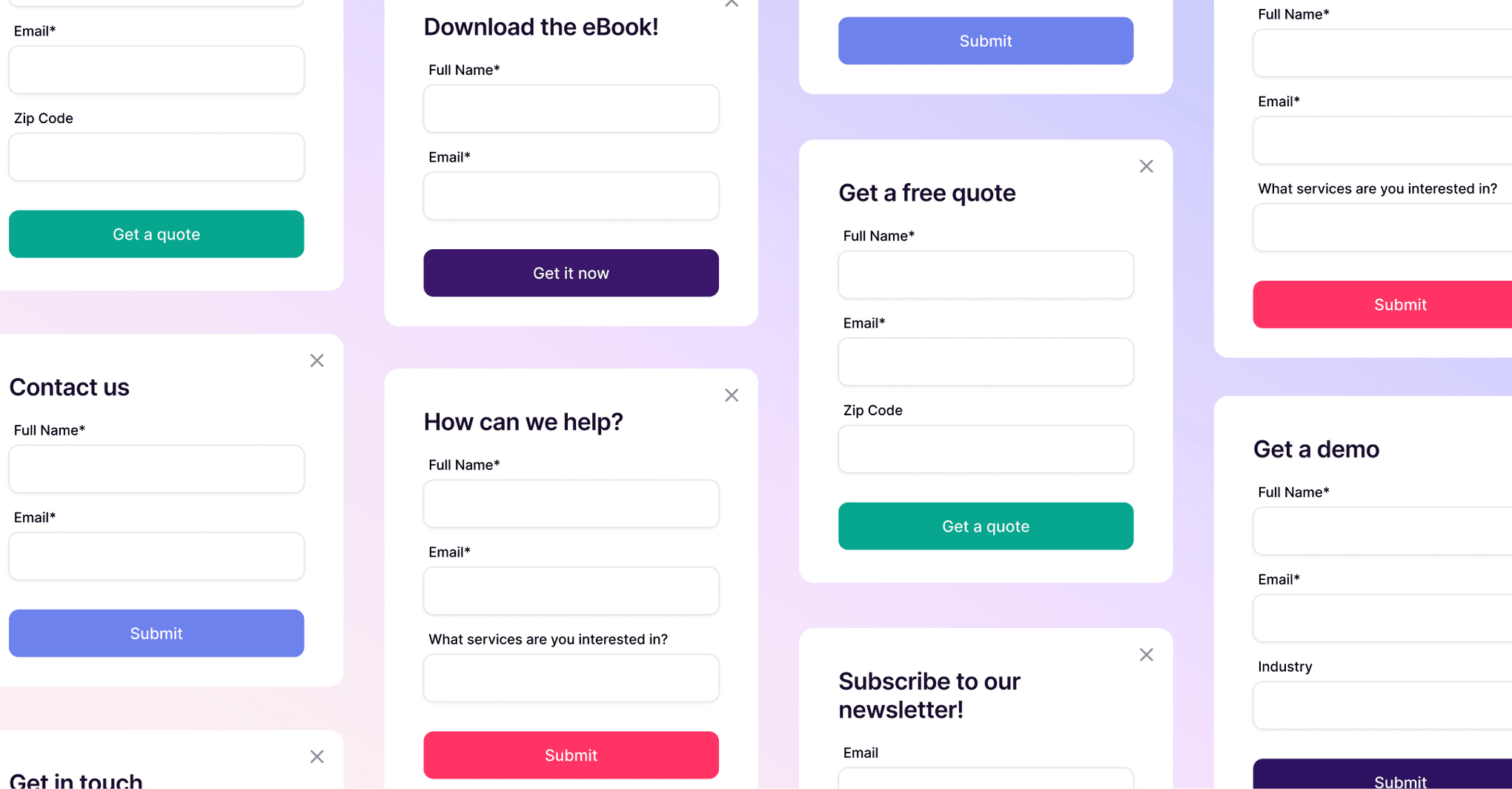Dennis Fois
CEO
Earlier this year, I took on the task of listening to several dozen calls between our account executives and both customers and prospects. Even as the CEO of Copper, a global CRM platform, the exercise was transformative to my understanding of what people want from CRM. It became incredibly clear to me that what people ask of CRM today is not what CRM does.
In some ways I shouldn’t have been surprised. The model is 35 years old and really hasn’t changed very much. The promise was there: Early pioneers of CRMs like Act! wanted to create a system that would “deliver a fully personalized and consistent experience” when customers engaged with a business.
But note the contradiction in terms here: “personalized” and “consistent.” No two customers — and therefore no two buyers’ journeys — are alike. Delivering a personalized experience is at odds with infusing too much “consistency” into a selling approach.
And CRM was built by technologists, for technologists. So the focus on “consistent” turned into “repeatable” which turned into “rigid and inflexible.” Almost from the get-go, the idea of “personalized” got lost.
In other words, early CRM boxed everyone into the same model, and that model was not Customer Relationship Management; it was more like Customer Data Management or Customer Process Management. Somehow, here we are 35 years later, and little has changed.
What CRMs have done well is to encourage and enable repeatable processes. Do you want all your leads to receive the same outreach while you close your eyes, cross your fingers, and hope that the effort yields responses that turn into opportunities? CRM can do that. Do you want to believe that all opportunities will progress through the exact same five steps before they turn into a sale? CRM can help with that, too. And if you want all your representatives to rigidly adhere to the rules set out by those very five steps … well, you get the point.
I’m reminded of that meme from 2016: the squiggly arrow of success. It holds true here and I’ve adapted it:
How we sell has changed
How many businesses operate like the left side of this image, especially in today’s complex, buyer-led world? Few. Businesses with a truly transactional sales process can make it work. Selling the same thing, the same way, over and over and over again. That worked for vacuum cleaners in the ’70s and mainframes in the ’80s and maybe Windows in the ’90s, back when there weren’t many choices and little in the way of buyer-originated research.
This was my biggest takeaway from all those customer calls: A single, rigid process simply doesn’t work today. Almost no one has a transactional sales process anymore. More and more businesses are becoming relationship-intensive, regardless of size, industry or product.
The buyer’s journey, and the seller’s responsibility to support that journey through an authentic, helpful relationship, are represented by that squiggly line. Mapping a squiggly line to a single repeatable process is nearly impossible. Humans aren’t machines and human behavior isn’t mechanical, much as we tech-focused professionals would like it to be.
But the industry has shied away from trying to make CRM more relationship-oriented because relationships are a soft science. Tech doesn’t do well with soft sciences, or anything that appears remotely fluffy. It works best when there are hard edges, repeatable processes and rules to follow.
We at Copper are spending a lot of time thinking about how to evolve CRM into something more aligned with how we all sell and support today. We’re re-thinking the entire object-based model of leads, opportunities, contacts and accounts. And we’re focusing on the organizing principle being the relationship itself, and everything that must be viewed, understood, and tracked to that relationship.
Stay tuned for my next post, where I'll dive into how we can begin to reinvent the CRM model without imposing a rigid or outdated world-view.
Sources referenced
- Act.com, 2021. https://www.act.com/what-is-cr...






